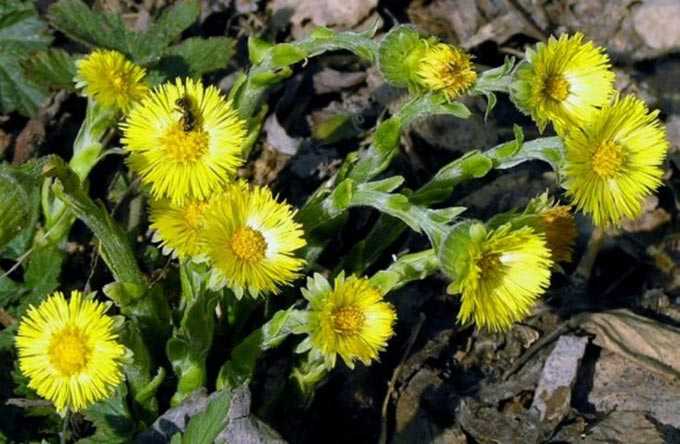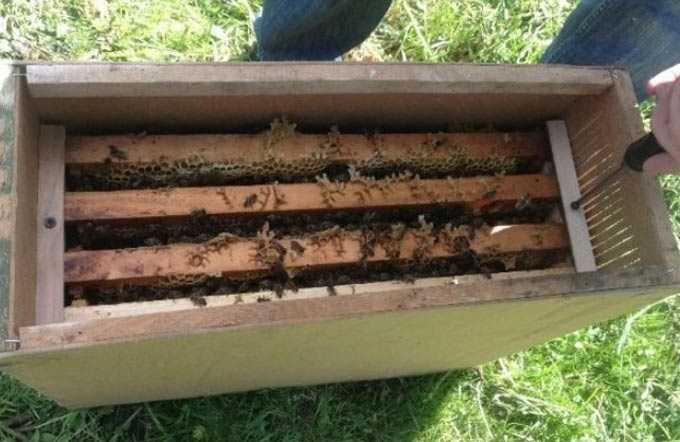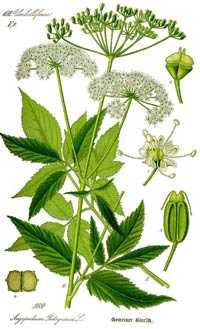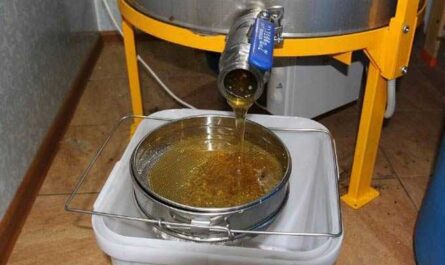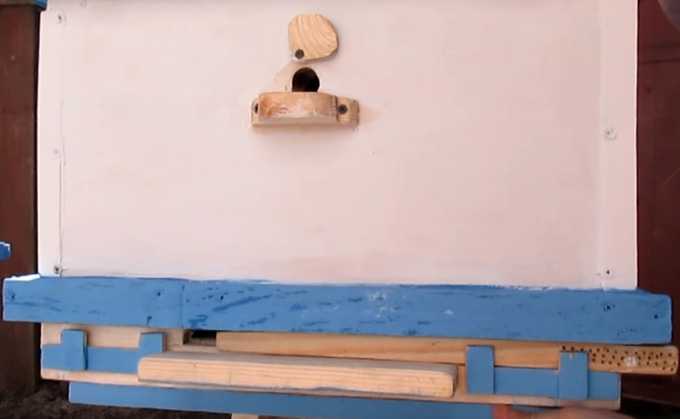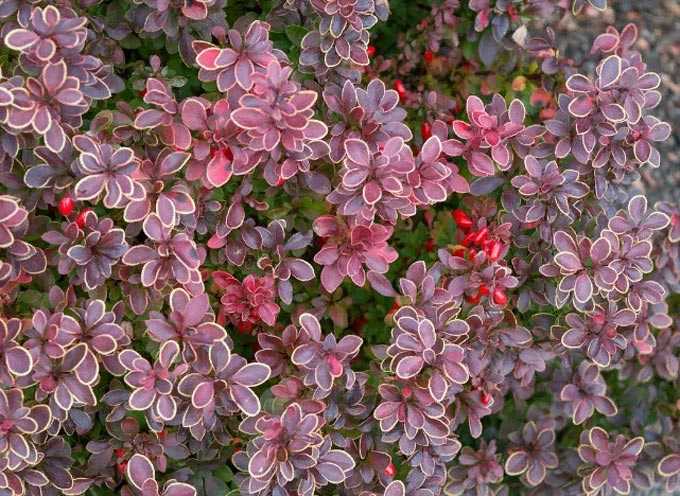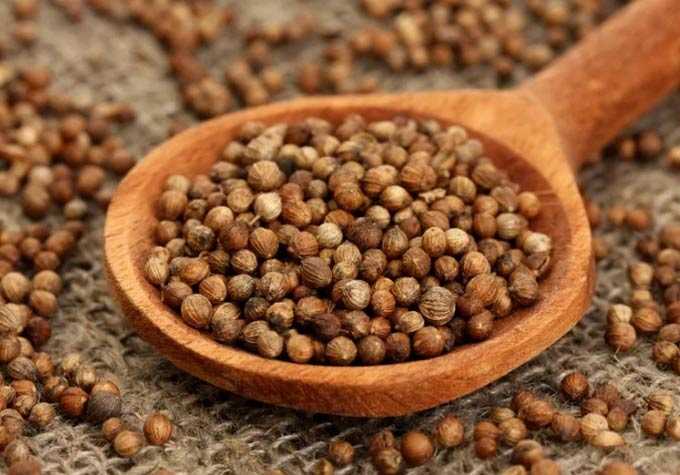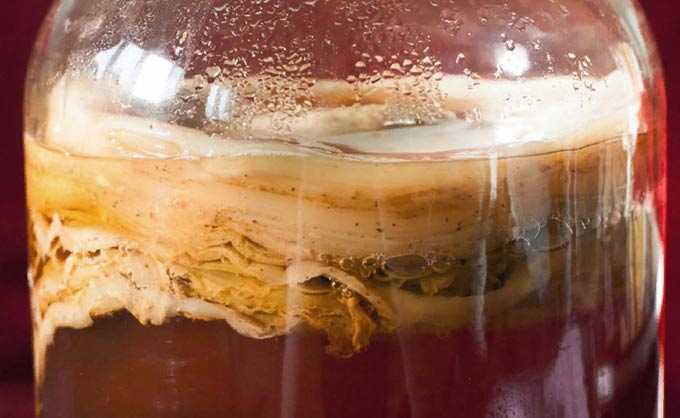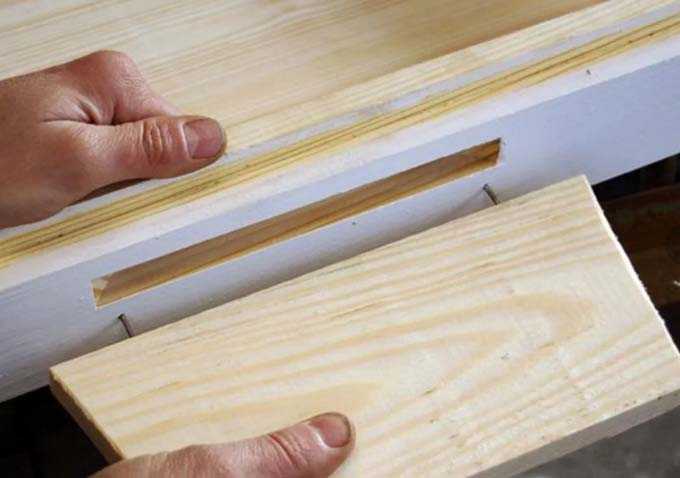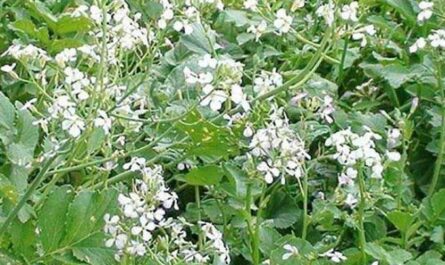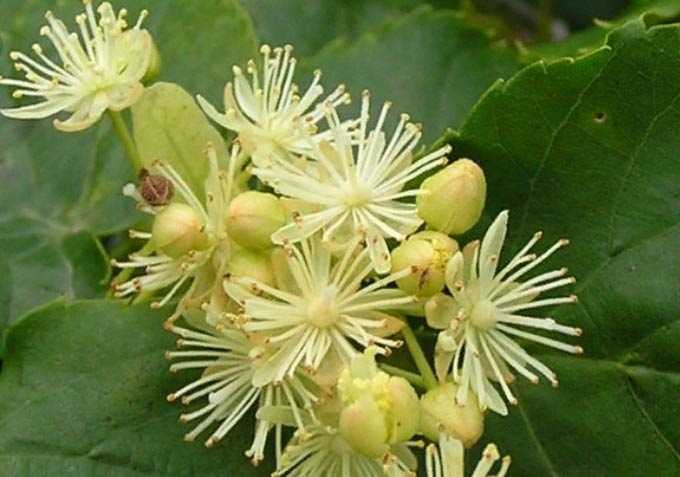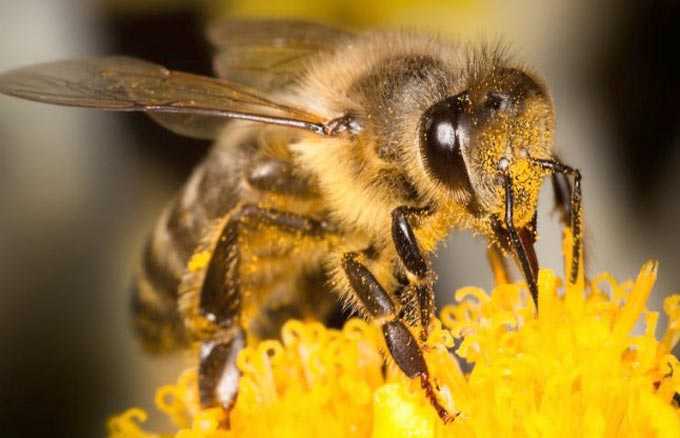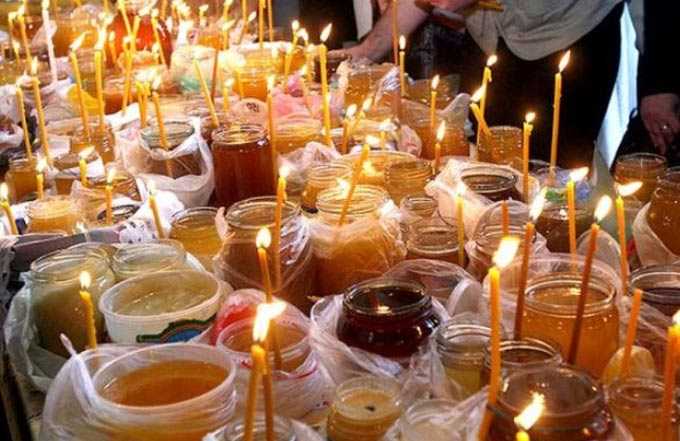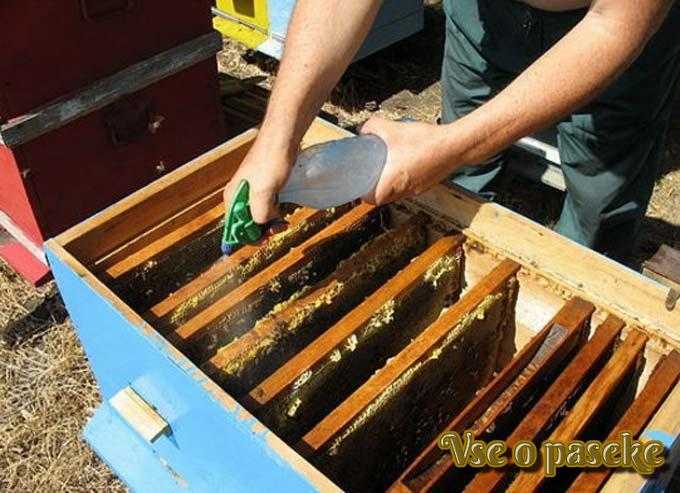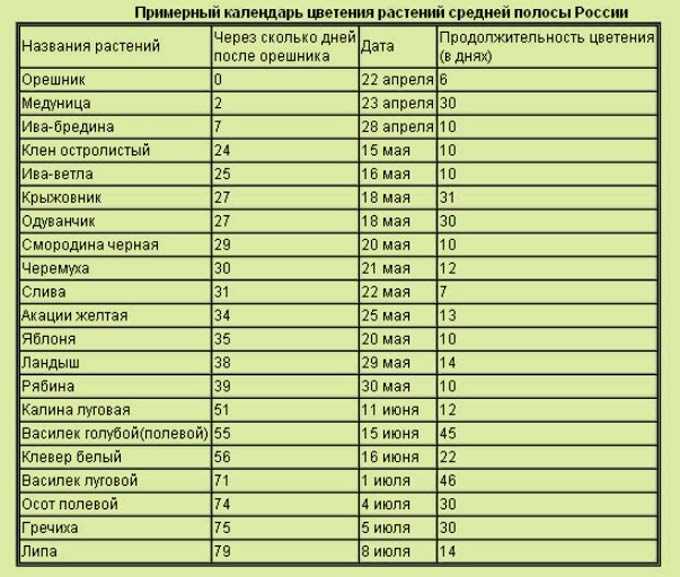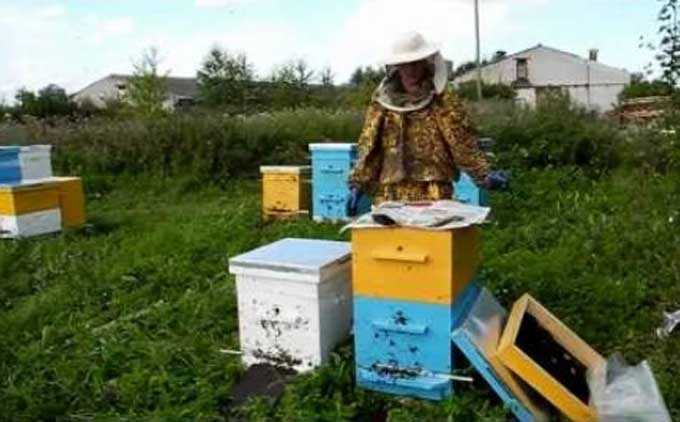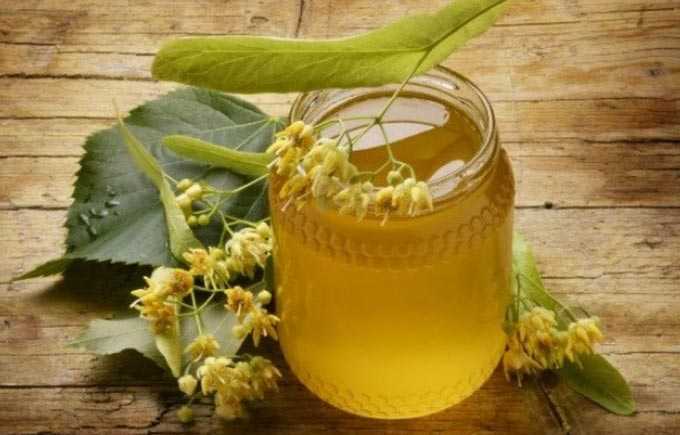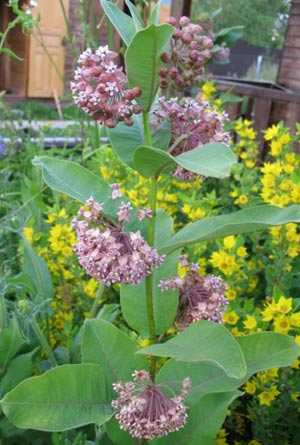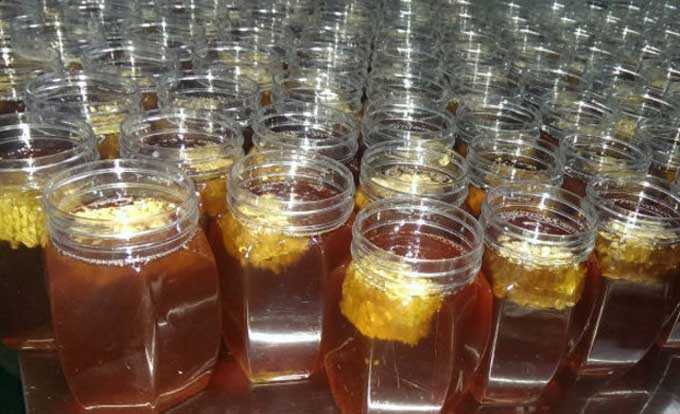Mother-and-stepmother honey plant, which is an early spring perennial herb from the Aster family (single species). The perennial gives bees the earliest and most abundant flow of pollen and nectar.
The content of the article
- 1 Distribution and Description
- 2 Significance for agriculture
- 3 Agrotechnics
- 4 Honey productivity and honey quality
Distribution and Description
This wild plant prefers clay and sandy soil. It grows on slopes and hills, along highways and railways, along the banks of rivers, streams, found in fields, wastelands, landfills. The honey plant is absolutely undemanding to weather conditions, so it is widespread in Europe, Asia, Siberia, America and the European part of the Arctic.
The perennial has a low (up to 30 cm) pubescent stem with sharp ovoid dark green leaves. A single flower basket blooms at the top of the stem. The inflorescence is of a bright yellow hue, in appearance it resembles a medicinal dandelion.
In early spring, when the snow has not yet melted, coltsfoot blooms first in many regions. And its leaves open much later, in fact, at the very end of the flowering period.
Significance for agriculture
The herb is a valuable medicinal plant. It has been used in folk medicine for a long time.
The leaves of the coltsfoot are harvested in the spring and are used to treat many diseases throughout the year.
Agrotechnics
Herbaceous perennial propagates by seeds or parts of the root system. The plant takes root well and does not require special care.
The fruits of the coltsfoot are small achenes with a tuft, very easily, with the help of the wind, overcome a distance of up to 4 kilometers. In the first year, single plants grow from them, and after a few years, sparse wild-growing thickets are formed.
For breeding near the house, carefully dig out the plant after flowering (before the leaves grow back). Then the rhizome is divided into several parts, planted in small holes and covered with earth. Saplings bloom the next year.
Seeds are sown immediately after harvest in the fall or early spring. Crops sprout in the year of sowing. They do not need care.
Honey productivity and honey quality
The honey plant blooms in early spring in April and blooms until May (45 days). Large quantities of nectar are released towards the end of the flowering period.
The mother-and-stepmother provides bee colonies with an abundant pollen bribe in the earliest spring free period. All 45 days until 12 noon, bees actively collect bright yellow pollen.
Honey productivity per hectare of solid grass stands is from 13 to 22 kilograms of nectar.
As for marketable honey, such a monofloral variety simply does not exist. All the nectar collected by the bees is used for the development of colonies after wintering. It is not pumped out of the honeycomb.
